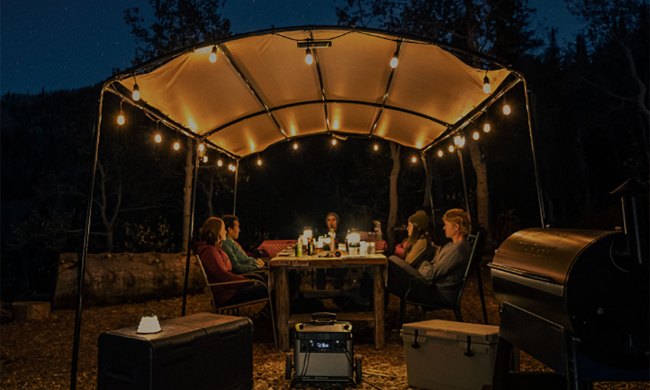These days, humankind has the information, technology, and transportation options to explore almost any corner of the globe. But, the false impression that we have an always-on connection to the internet, to social media, and to everyone in our contacts list can easily land the less prepared among us in trouble. For adventurous travelers — everyone from hardcore polar expeditioners to weekend day-hikers — packing a lightweight personal locator beacon or satellite messenger can mean the difference between life and death.
The essential function of a personal locator beacon is the ability to trigger an SOS rescue alert at the touch of a button. Most rely on the global GEOS emergency response team, which has made rescues in more than 140 countries. Many also offer worldwide, two-way satellite communication to share SMS texts and real-time location updates with friends and family from anywhere in the world. Here are the best personal locator beacons and satellite messengers.
Garmin inReach Mini
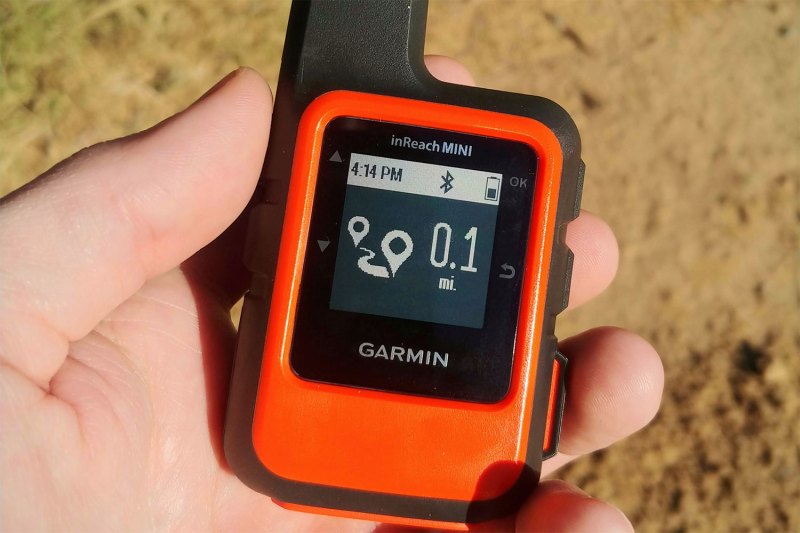
Garmin has been developing consumer GPS technology for decades, and it shows. The Garmin inReach Mini is the smallest, lightest, most full-featured two-way satellite communicator we’ve ever tested. Most of its features are best handled through Garmin’s Explore mobile app. But, the inclusion of a small, though functional screen means that a smartphone isn’t absolutely necessary. This is critical if your phone dies in the backcountry, as texting, location sharing, and, most importantly, SOS beacon activation are all available directly through the inReach Mini itself. What’s more, even in 10-minute location tracking mode, the lithium battery provides almost 50 hours of pinging. As a bonus, it also pairs seamlessly with other Garmin products like the all-terrain Overlander GPS.
Spot X Bluetooth
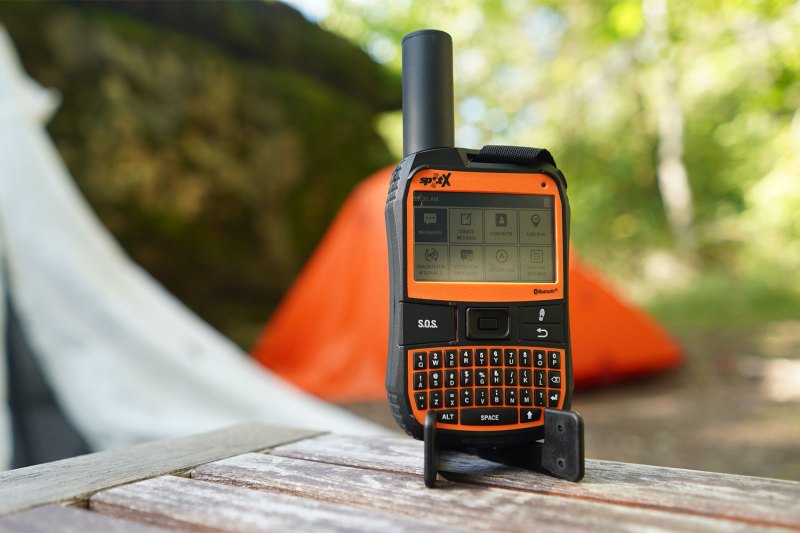
The new Spot X Bluetooth is a significant upgrade to Spot’s flagship Spot X two-way satellite messenger. Like every device on this list, it works best when paired with a smartphone via the free Spot X app. Unlike its competitors, however, it also works as a completely standalone device. Using the built-in screen and keypad, users can text (with a dedicated phone number), send location updates, get weather forecasts, take compass headings, and track waypoints along the way. Using the device feels a bit like communicating through an old-school Blackberry, if that Blackberry were able to text from almost anywhere on the planet. It’s also lightweight, rugged, and the least expensive true two-way communicator on this list, making it the best overall value.
Somewear Global Hotspot
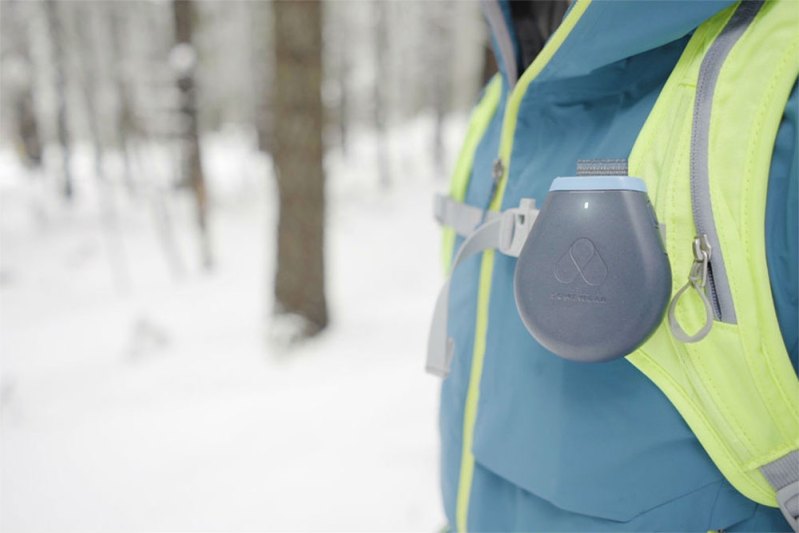
The Somewear Global Hotspot from Somewear Labs is an ultra-streamlined alternative without a keypad or protruding antenna. There are only two buttons: One for power and one for activating the SOS beacon. Most of the functionality — retrieving weather updates, sending SMS texts, and posting GPS location alerts — is handled through a free, Bluetooth-enabled smartphone app. The minimal, raindrop-esque exterior means the device is waterproof, shockproof, and functions between -4 and 140 degrees Fahrenheit. After testing it for a week in the Israeli desert, we found it to work exactly as advertised.
Bivystick
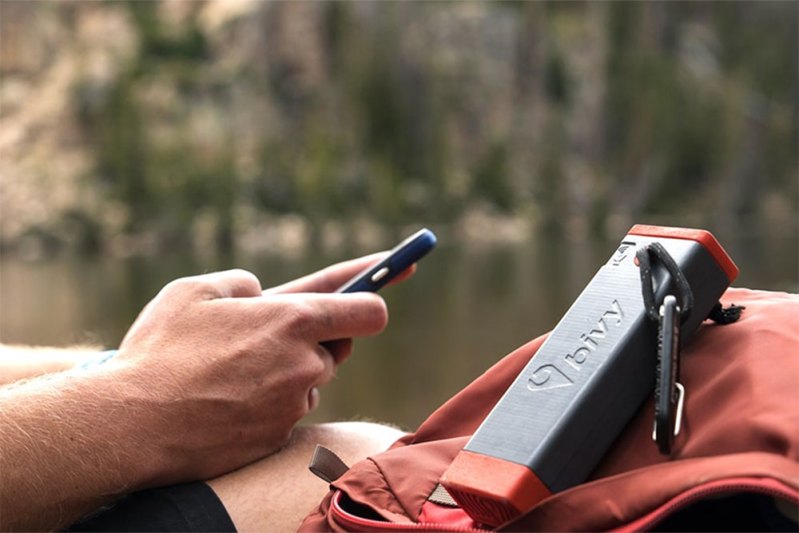
Like the Somewear Global Hotspot, Bivystick is a pared-down device with only the most essential features. Most importantly, it works as an SOS beacon from anywhere in the world. It pairs with any iOS or Android smartphone via a free app for sending SMS text messages and real-time location updates. It can also automatically track its user’s location, sending updates every 10 minutes. The built-in 5,200mAh battery lasts up to 500 hours and can double as a backup power bank. Unfortunately, though extremely rugged, the brick-like design also means it’s the largest and heaviest device on this list.
GoTenna Mesh
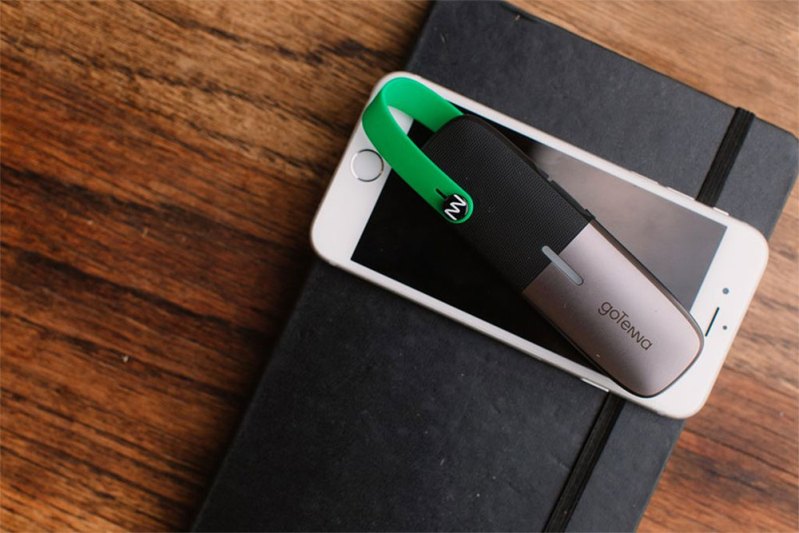
Technically, the GoTenna Mesh is neither a satellite messenger nor a locator beacon. It’s rather a unique communication device that can, however, serve a similar function — sort of. It creates a “mesh” network between other GoTenna-connected smartphones without the need for Wi-Fi, cellular networks, or satellite connectivity. Users can pair their phones via Bluetooth to the GoTenna device, then send private text messages or share their locations with other GoTenna users in their group. On the plus side, it’s encrypted, works almost anywhere, and requires only a smartphone. Like walkie talkies, it’s best for couples or small groups looking for basic, backcountry communication with no ongoing monthly fees. Unfortunately, though very affordable, the limited range of around four miles makes it less than ideal as a reliable rescue beacon.

